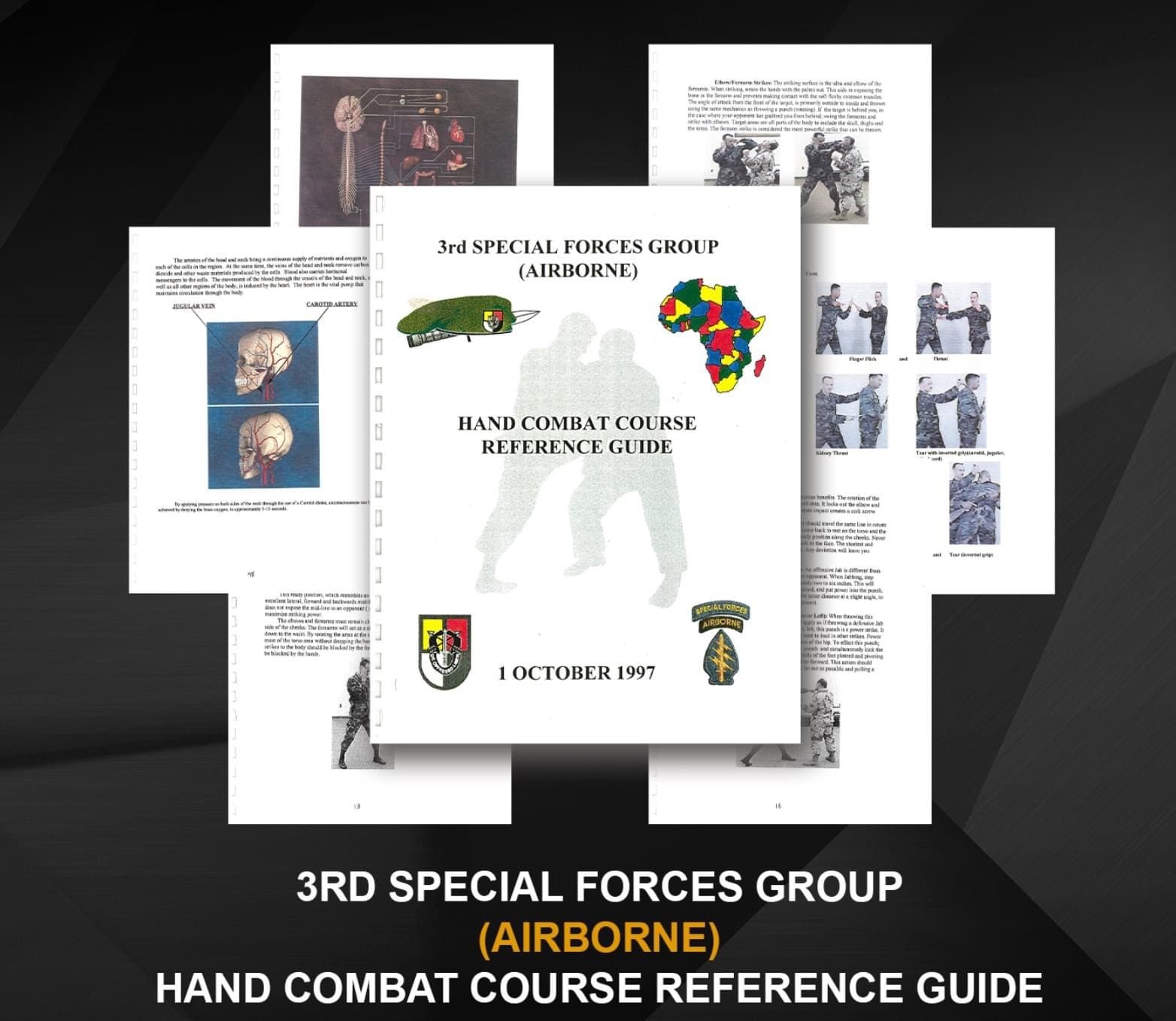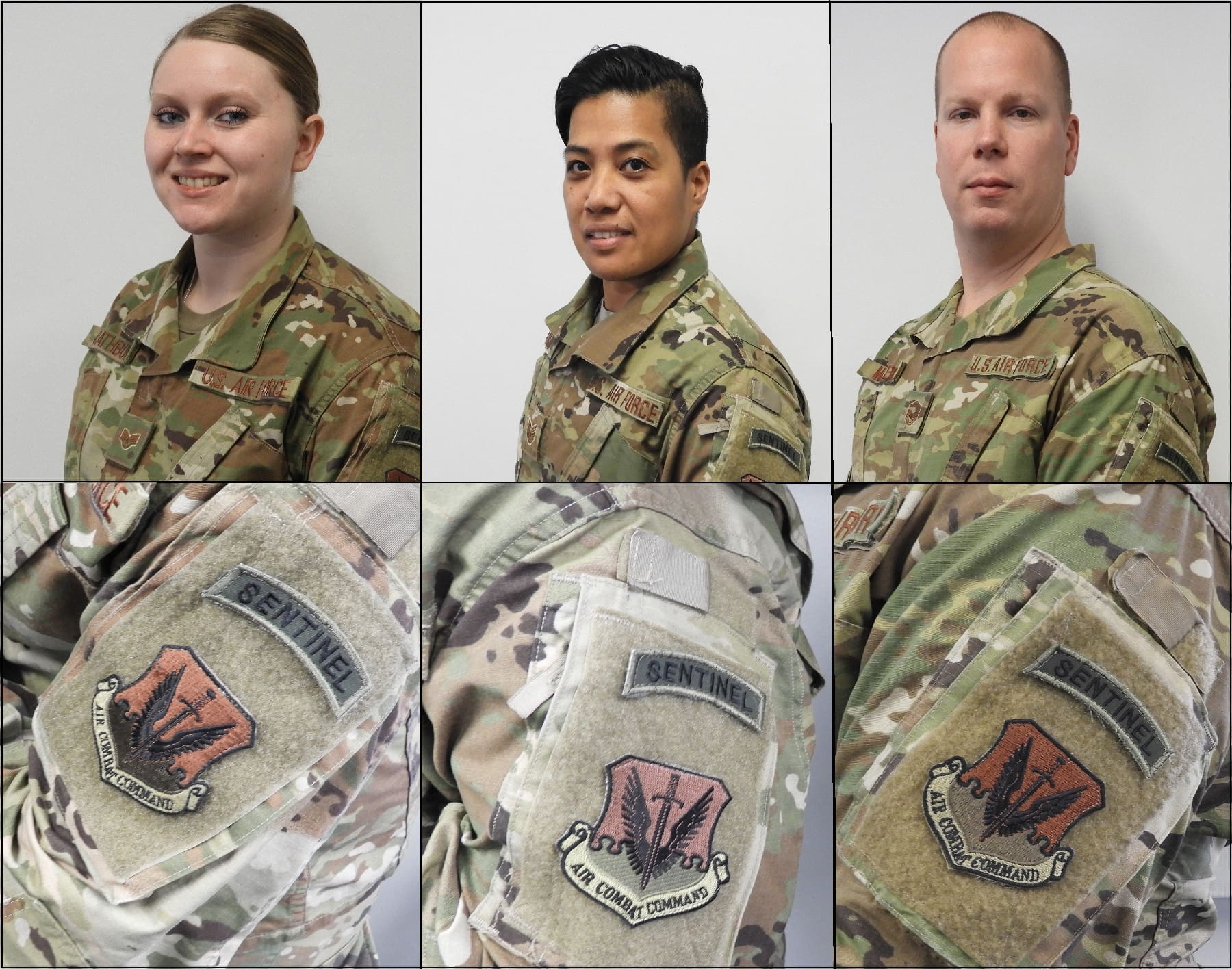
GARLAND, TX (December 21, 2020) – Acclaimed explorer, biologist, conservationist, filmmaker, and sportsman Donnie Vincent has partnered with Texas-based composite-cased ammunition manufacturer True Velocity to help spread the word about the company’s groundbreaking technology and demonstrate how manufacturing and design innovations are shaking up the ammo industry.
“I’m very particular with the gear that I use, and the brands with which I choose to align myself. First and foremost, the brands need to be backed by great people. Not only that, I need to know that their products work, and I need to be sure that they’re the best of the best for me, so that others can trust my recommendation,“ Vincent said. “The benefit of True Velocity’s ammunition is undeniable and has consistently helped me shoot with far more confidence over the last few months. The reduced weight and improved accuracy that come from their proprietary ammunition case design is simply better than brass in every single category. It’s not often that ‘lighter’ and ‘more dependable’ share the same sentence when you’re talking gear, but I’ve found that to be true with this new technology. Any hunter or shooter will benefit greatly from this technology.”
Vincent and his multimedia production company SICMANTA have been working closely with True Velocity over the last year to help bring their story to life.
“Having spent a large part of the last year working closely with True Velocity’s technology and ammunition, we are, in essence, watching history being made before our eyes,” Vincent said. “This is going to change the world of the hunter and the world of the warfighter as we know it today. True Velocity exemplifies best of the best and is, without a doubt, the future.”
No stranger to larger-than-life exploits in some of the most remote areas of the word, Vincent has established himself as a premier storyteller and advocate for the great outdoors. Through his work as a biologist, he has tracked Bengal Tigers in Nepal and Bangladesh, and has observed the migration of Pacific Salmon in Alaska. In an effort to instill a sense of adventure in more people, Vincent has filmed multiple hunting expeditions that grant an inside look at how true sportsmen engage and experience the wild. His recent full-length documentary, Winds of Adak, was released in August 2020 and can be streamed on YouTube. The film documents Vincent’s expedition to Adak Island, Alaska, where he surveyed the ruins on the island and hunted caribou, ptarmigan and sea ducks.
Vincent recently completed moose and bear hunts in Alaska equipped with a proprietary True Velocity 6.8mm round, as well as a rifle retrofitted with a barrel swap to fire the innovative new ammunition. These adventures are set to be featured in his upcoming documentary and film work.
True Velocity’s 6.8mm civilian round, which will be released to commercial shooters and hunters later this year, is similar in construct to composite-cased ammunition produced by True Velocity and currently being evaluated in the U.S. Army’s Next Generation Squad Weapon (NGSW) program. NGSW aims to transform the combat equipment used by American forces for decades to come.
“Donnie perfectly exemplifies the type of individual we expect to get the most out of our ammunition,” said True Velocity’s Chief Sales and Marketing Officer Pat Hogan. “He’s experienced, dedicated to excellence, and has an eye for detail that most shooters aspire to. Even more important for Donnie, we recognized a shared passion with him for taking the path less traveled, as long as it is in the pursuit of perfection. We’re thrilled to have him represent the True Velocity brand.”
To learn more about True Velocity and Donnie Vincent, follow @donnie_vincent on Instagram and visit TVAmmo.com.






















































































































